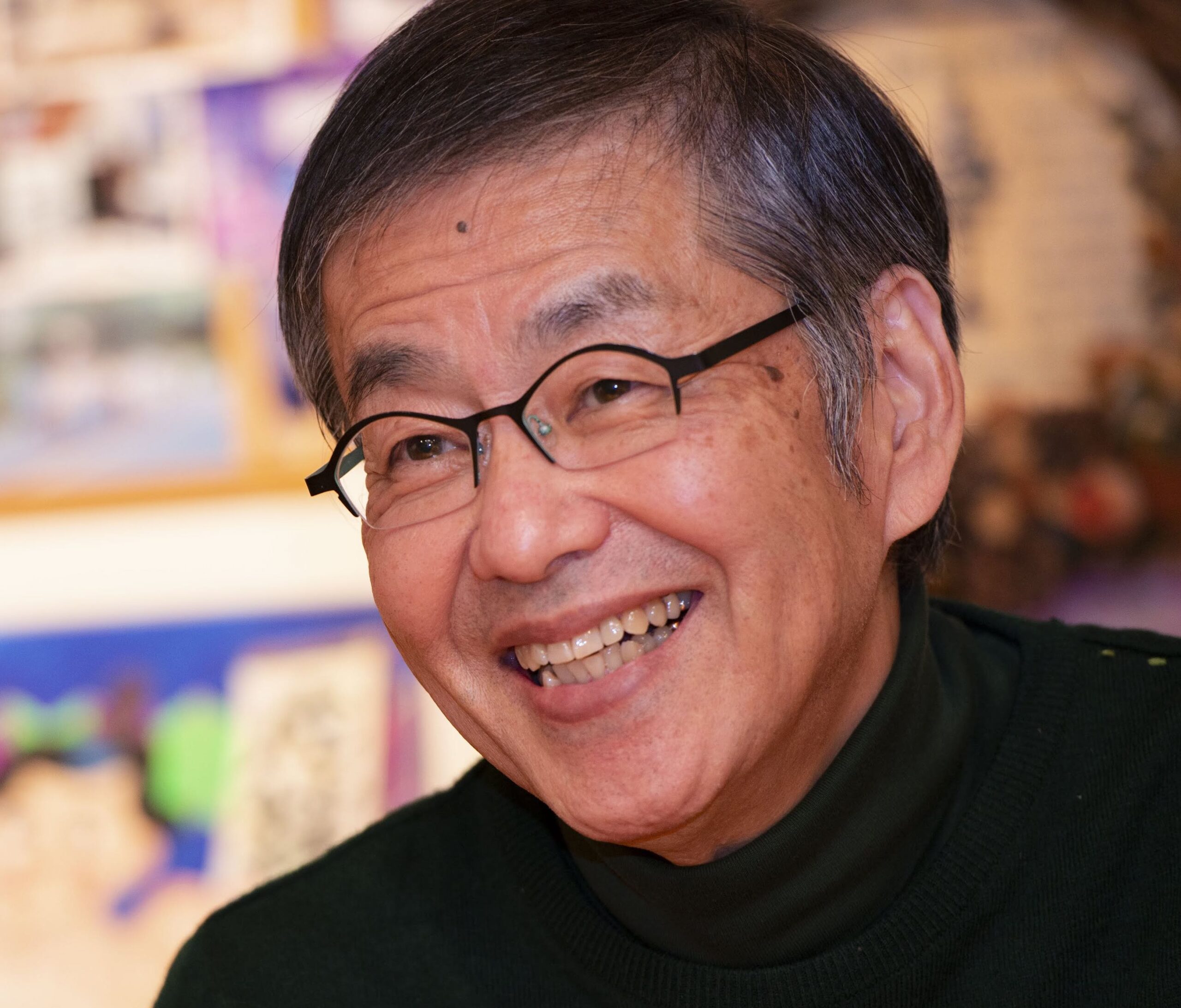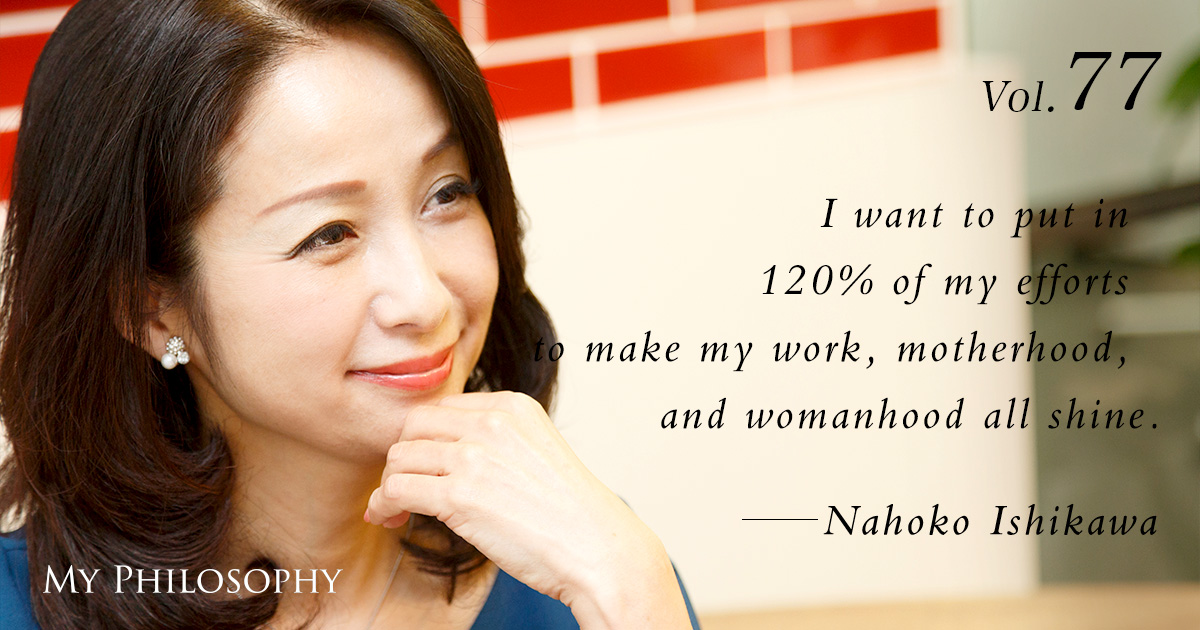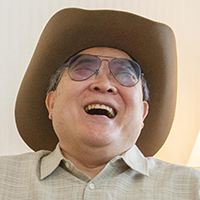
Kumiko Otsuka, who took over the family business to become president, has had a deep connection with furniture since childhood, far more than most. We discussed her passionate views on everything from the value of furniture in people's lifestyles to environmental issues.
Profile
Vol.16 Kumiko Otsuka
President and Representative Director of Otsuka Kagu, Ltd.
After graduating from the Faculty of Economics at Hitotsubashi University, she joined Fuji Bank (now part of Mizuho Financial Group), where she was responsible for lending operations and international public relations. In 1994, she joined Otsuka Kagu, Ltd. and became a board member in 1996. She held various key positions including Director of Business Planning, Head of Sales Administration, General Planning Manager, Accounting Manager, Head of Product Headquarters, and Public Relations Manager. She left her directorship in 2004 to establish QUALIA CONSULTING Inc., a public relations and IR consulting firm. In 2009, the 40th anniversary year of the company’s founding, she was appointed President and Representative Director of Otsuka Kagu, Ltd., where she continues to communicate her unique perspective as the leader of a comprehensive interior company.
*The titles and positions mentioned are as of the time of the interview (December 2012).
People are Shaped by the Environments They Live in.

For example, when someone getting married is choosing furniture, I often say, “You’ll be looking at this more than your spouse’s face, so choose carefully!” (laughs). Furniture is something you see every day in your home, and what you see every day definitely influences you. Furniture is not just a tool; it’s a part of creating the environment of a room. The room is completed by combining the seven elements of interior design: floors, walls, ceilings, furniture, curtains, lighting, and accessories.
The psychological impact of going to sleep in a room that feels uncomfortable versus one where you feel, “I spent another lovely day in this beautiful room,” is significant. Since you live within these surroundings, if there’s a conveniently placed chair, you’re likely to sit in it, and if it’s comfortable, you’ll sit there longer. If there’s a computer nearby, you’ll likely spend more time on it. Thus, even a single chair has the power to change your living patterns. From the moment you wake up to when you go to sleep, it matters what kind of influences you want to receive. Just as the food you eat daily builds your body, the environment you live in shapes who you are. Many people still don’t realize how crucial interiors are in creating a living environment that influences their lives, and I believe it’s our role to convey this understanding.
The chair I spend the most time in at home is a reproduction of one used by a woman in an English manor over a century ago. It’s low to be near the warmth of the fireplace, and has casters so it can be easily moved to a bright window for knitting or embroidery. Even amidst busy days, sitting in this chair, I feel I can regain the sense of a 19th-century slow life. It helps me switch from ‘on’ to ‘off’ and return to my natural pace. Creating a space where you can find and be your ideal self is necessary to not lose yourself in the hustle of daily life, and interior design makes this possible. Even with a single chair, if you knew where the materials came from, how many craftsmen were involved, what history and designer’s intentions went into the design, you would feel the warmth of humanity and have a completely different feeling when using it. It’s important to communicate these stories to our customers.
Not Merely Consuming, but Leaving Valuable Things for the Next Generation.

Recently, low-cost “fast furniture” has become popular. However, like food, while fast food is okay occasionally, it’s healthier to incorporate slow food considering its benefits to your body. It’s important to have both options and choose appropriately depending on the situation. However, unlike food, you cannot change your furniture daily, so I believe it requires more careful consideration.
Well-crafted furniture can be used almost perpetually if maintained and repaired. In contrast, fast furniture, focused solely on production efficiency, is not designed to be repairable and typically lasts only two to three years. It cannot withstand moving and ends up being discarded. Every year, an incredible amount of furniture is produced, and approximately every three years, it is thrown away. The amount of waste is frightening. Consider how many years it would take to regrow the trees used as materials. The numbers clearly do not add up. For example, natural mahogany is regulated under the CITES treaty, and many materials used for furniture are already depleted. Our commitment to well-crafted furniture and our efforts in repair, refurbishment, and reuse are driven by such awareness.
Recently, Scandinavian vintage furniture from the 1950s and 1960s, known for its quality, has become popular. If we can promote the reuse of furniture more widely, for the same budget as buying low-cost furniture, you could use something worth ten times more in value. If the younger generation can inherit investments from the previous generation and use high-quality items at a low cost, it could help reduce generational inequality. Furniture is made from materials sourced from nature, so if we do not take care of these resources, environmental collapse is inevitable. A society that relies on disposable low-cost furniture when it’s unnecessary is not sustainable. If we can enhance living standards by revitalizing what the previous generation used and adding new value to it, the next generation should be able to enjoy a richer life.
Making Decisions Independently, Not Just Going with the Flow

We live in an uncertain world today, where it’s impossible to predict what might happen next in life. Even though the future is unclear, how you choose to live your life is entirely up to you. I believe it’s crucial to act deliberately and consciously, not just drifting along with the prevailing social currents. Living this way, even if it leads to failure (or a metaphorical ‘glorious defeat’), is preferable to me. Living a life of half-measures and compromise often leads to regret. Many Japanese tend to think and act according to vague customs and the societal ‘air’—what should be done or what’s expected. However, if you think independently, without being bound by these ties, you might see a different path forward.
Our company has also faced numerous challenges from the furniture industry, which tries to protect its vested interests because we have implemented distribution reforms and pricing policies that defy old industry practices to provide quality goods made by craftsmen at lower prices. I suppose there is a kind of rebellious spirit in my DNA. There is still so much potential in the field of living environments, and I love this business, which is so closely connected to everyday life. I want to continue promoting the philosophy that ‘the environment—interior—affects the person’ and help enrich everyone’s living environments in a real sense.

“Having grown up with an interest in interiors and architecture, partly due to my father being an interior designer, my connection with Otsuka Kagu was further deepened during my time in business school when it was used as a case study. What struck me most in this interview was the notion that ‘one can decide how to live their life.’ Additionally, the concept that ‘a room is completed by combining the seven elements of interior design: floors, walls, ceilings, furniture, curtains, lighting, and accessories,’ was particularly intriguing. Tailoring interiors to fit one’s lifestyle, changing them with the seasons, and especially crafting a comfortable workspace where most of one’s time is spent can lead to better outputs. I wish Otsuka Kagu continued success in their endeavors.
December 2012 at Otsuka Kagu Ltd. Edited by Naomi Kusuda. Photography by Daiki Ayuzawa





























































































































